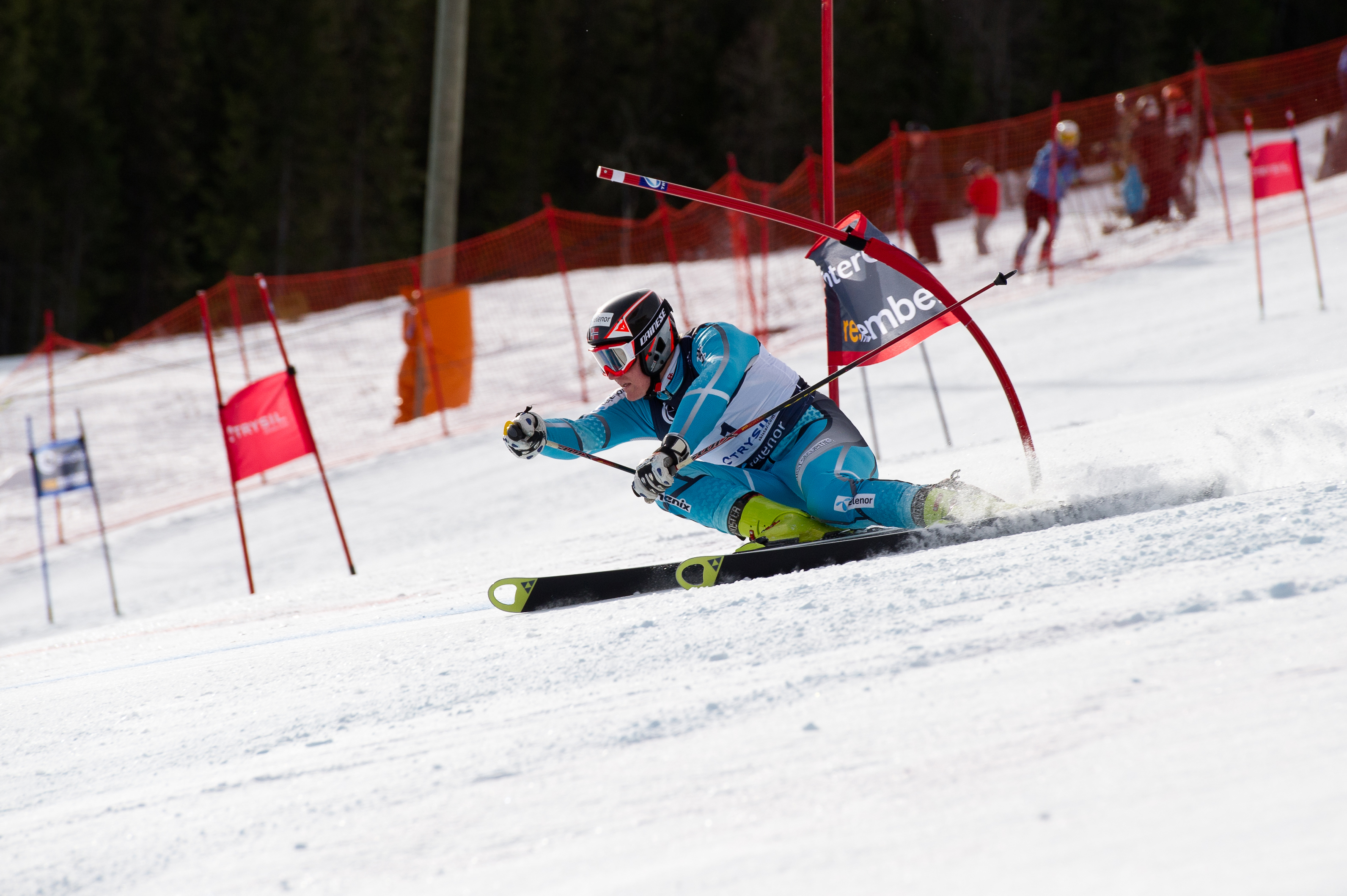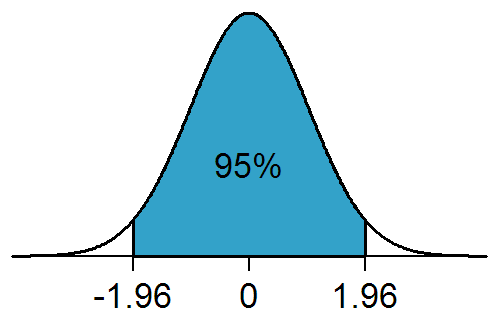|
Did Not Finish
In racing, did not finish (DNF) denotes a result of a participant who does not finish a given race, either because of a mechanical failure, injury, or involvement in an accident. The term is used in: *Automotive racing such as Formula One; NASCAR; IndyCar; off-road racing, including buggy, trucks, kart, and UTVs, both desert and short-track *Motocross and quad racing, both desert and short-track *Horse racing *Competitive cycling *Competitive track and distance running *Competitive snow skiing and snowboarding *Speedcubing Race participants try to avoid receiving a DNF, as some associate it with poor driving. Scholarly research Decathlon competitors Numerous studies have sought to figure out why DNF rates vary greatly, even within the same competitive discipline. For example, in track and field, Edouard found a 22% overall DNF rate among high level decathlon competitors but DNF rates in individual events ranging from less than 1% to over 6%. DNFs are also not always even ... [...More Info...] [...Related Items...] OR: [Wikipedia] [Google] [Baidu] |
Automotive Racing
Auto racing (also known as car racing, motor racing, or automobile racing) is a motorsport involving the racing of automobiles for competition. Auto racing has existed since the invention of the automobile. Races of various sorts were organised, with the first recorded as early as 1867. Many of the earliest events were effectively reliability trials, aimed at proving these new machines were a practical mode of transport, but soon became an important way for automobile makers to demonstrate their machines. By the 1930s, specialist racing cars had developed. There are now numerous different categories, each with different rules and regulations. History The first prearranged match race of two self-powered road vehicles over a prescribed route occurred at 4:30 A.M. on August 30, 1867, between Ashton-under-Lyne and Old Trafford, a distance of eight miles. It was won by the carriage of Isaac Watt Boulton. Internal combustion auto racing events began soon after the constructio ... [...More Info...] [...Related Items...] OR: [Wikipedia] [Google] [Baidu] |
New York Times
''The New York Times'' (''the Times'', ''NYT'', or the Gray Lady) is a daily newspaper based in New York City with a worldwide readership reported in 2020 to comprise a declining 840,000 paid print subscribers, and a growing 6 million paid digital media, digital subscribers. It also is a producer of popular podcasts such as ''The Daily (podcast), The Daily''. Founded in 1851 by Henry Jarvis Raymond and George Jones (publisher), George Jones, it was initially published by Raymond, Jones & Company. The ''Times'' has won List of Pulitzer Prizes awarded to The New York Times, 132 Pulitzer Prizes, the most of any newspaper, and has long been regarded as a national "newspaper of record". For print it is ranked List of newspapers by circulation, 18th in the world by circulation and List of newspapers in the United States, 3rd in the U.S. The paper is owned by the New York Times Company, which is Public company, publicly traded. It has been governed by the Sulzberger family since 189 ... [...More Info...] [...Related Items...] OR: [Wikipedia] [Google] [Baidu] |
Racing
In sport, racing is a competition of speed, in which competitors try to complete a given task in the shortest amount of time. Typically this involves traversing some distance, but it can be any other task involving speed to reach a specific goal. A race may be run continuously to finish or may be made up of several segments called heats, stages or legs. A heat is usually run over the same course at different times. A stage is a shorter section of a much longer course or a time trial. Early records of races are evident on pottery from ancient Greece, which depicted running men vying for first place. A chariot race is described in Homer's ''Iliad''. Etymology The word ''race'' comes from a Norse word. This Norse word arrived in France during the invading of Normandy and gave the word ''raz'' which means "swift water" in Brittany, as in a mill race; it can be found in "Pointe du Raz" (the most western point of France, in Brittany), and "''raz-de-marée''" (tsunami). The word rac ... [...More Info...] [...Related Items...] OR: [Wikipedia] [Google] [Baidu] |
Ejection (sports)
In sports, an ejection (also known as dismissal, sending-off, disqualification, or early shower) is the removal of a participant from a contest due to a violation of the sport's rules. The exact violations that lead to an ejection vary depending upon the sport, but common causes for ejection include unsportsmanlike conduct, violent acts against another participant that are beyond the sport's generally accepted standards for such acts, abuse against officials, violations of the sport's rules that the contest official deems to be egregious, or the use of an illegal substance to better a player's game. Most sports have provisions that allow players to be ejected, and many allow for the ejection of coaches, managers, or other non-playing personnel. In sports that use penalty cards, a red card is often used to signal dismissals. The decision to eject a participant usually lies with one or more officials present at the contest (e.g., referees or umpires). In addition to removal from t ... [...More Info...] [...Related Items...] OR: [Wikipedia] [Google] [Baidu] |
Did Not Qualify
The following is a glossary of terminology used in motorsport, along with explanations of their meanings. 0–9 ;1–2 finish: When two vehicles from the same team finish first and second in a race. Can be extended to 1–2–3 or 1–2–3–4, etc. depending on a combination of racing series and team size. ;107% rule: Often used in Formula One or other racing series, it is a rule where the driver must qualify the car within 107% of the polesitter's time to be allowed to compete. Variations of this may be used to monitor drivers and warn them to reach the required pace or be parked (disqualified). Similarly, the IndyCar Series uses a 105% rule, and NASCAR has a 115% rule, mainly for performance on track, though IndyCar and NASCAR often adjust the threshold for tracks with very abrasive surfaces (such as Atlanta Motor Speedway) where lap times can be considerably faster with less worn tires. ;200 MPH Club: A lifetime "membership" awarded by the SCTA or another sanctioning ... [...More Info...] [...Related Items...] OR: [Wikipedia] [Google] [Baidu] |
Did Not Start
The following is a glossary of terminology used in motorsport, along with explanations of their meanings. 0–9 ;1–2 finish: When two vehicles from the same team finish first and second in a race. Can be extended to 1–2–3 or 1–2–3–4, etc. depending on a combination of racing series and team size. ;107% rule: Often used in Formula One or other racing series, it is a rule where the driver must qualify the car within 107% of the polesitter's time to be allowed to compete. Variations of this may be used to monitor drivers and warn them to reach the required pace or be parked (disqualified). Similarly, the IndyCar Series uses a 105% rule, and NASCAR has a 115% rule, mainly for performance on track, though IndyCar and NASCAR often adjust the threshold for tracks with very abrasive surfaces (such as Atlanta Motor Speedway) where lap times can be considerably faster with less worn tires. ;200 MPH Club: A lifetime "membership" awarded by the SCTA or another sanction ... [...More Info...] [...Related Items...] OR: [Wikipedia] [Google] [Baidu] |
Winter Olympic Games
The Winter Olympic Games (french: link=no, Jeux olympiques d'hiver) is a major international multi-sport event held once every four years for sports practiced on snow and ice. The first Winter Olympic Games, the 1924 Winter Olympics, were held in Chamonix, France. The modern Olympic Games were inspired by the ancient Olympic Games, which were held in Olympia, Greece, from the 8th century BC to the 4th century AD. Baron Pierre de Coubertin founded the International Olympic Committee (IOC) in 1894, leading to the first modern Summer Olympic Games in Athens, Greece in 1896. The IOC is the governing body of the Olympic Movement, with the Olympic Charter defining its structure and authority. The original five Winter Olympic Sports (consisting of nine disciplines) were bobsleigh, curling, ice hockey, Nordic skiing (consisting of the disciplines military patrol, cross-country skiing, Nordic combined, and ski jumping), and skating (consisting of the disciplines figure skating and ... [...More Info...] [...Related Items...] OR: [Wikipedia] [Google] [Baidu] |
Giant Slalom
Giant slalom (GS) is an alpine skiing and alpine snowboarding discipline. It involves skiing between sets of poles ("gates") spaced at a greater distance from each other than in slalom but less than in Super-G. Giant slalom and slalom make up the technical events in alpine ski racing. This category separates them from the speed events of Super-G and downhill. The technical events are normally composed of two runs, held on different courses on the same ski run. Course The vertical drop for a GS course must be for men, and for women. The number of gates in this event is 56–70 for men and 46–58 for women. The number of direction changes in a GS course equals 11–15% of the vertical drop of the course in metres, 13–18% for children. As an example, a course with a vertical drop of would have 33–45 direction changes for an adult race. Speed Although giant slalom is not the fastest event in skiing, on average a well-trained racer may reach average speeds of . Equipment ... [...More Info...] [...Related Items...] OR: [Wikipedia] [Google] [Baidu] |
Slalom Skiing
Slalom is an alpine skiing and alpine snowboarding discipline, involving skiing between poles or gates. These are spaced more closely than those in giant slalom, super-G, super giant slalom and Downhill (ski competition), downhill, necessitating quicker and shorter turns. Internationally, the sport is contested at the FIS Alpine World Ski Championships, and at the Olympic Winter Games. History The term slalom comes from the Morgedal/Seljord dialect of Norwegian language, Norwegian word "slalåm": "sla", meaning "slightly inclining hillside", and "låm", meaning "track after skis". The inventors of modern skiing classified their trails according to their difficulty. ''Slalåm'' was a trail used in Telemark by boys and girls not yet able to try themselves on the more challenging runs. ''Ufsilåm'' was a trail with one obstacle (''ufse'') like a jump, a fence, a difficult turn, a gorge, a cliff (often more than high) and more. ''Uvyrdslåm'' was a trail with several obstacle ... [...More Info...] [...Related Items...] OR: [Wikipedia] [Google] [Baidu] |
Super-G
Super giant slalom, or super-G, is a racing discipline of alpine skiing. Along with the faster downhill, it is regarded as a "speed" event, in contrast to the technical events giant slalom and slalom. It debuted as an official World Cup event during the 1983 season and was added to the official schedule of the World Championships in 1987 and the Winter Olympics in 1988. Much like downhill, a super-G course consists of widely set gates that racers must pass through. The course is set so that skiers must turn more than in downhill, though the speeds are still much higher than in giant slalom (hence the name). Each athlete only has one run to clock the best time. In the Olympics, super-G courses are usually set on the same slopes as the downhill, but with a lower starting point. History Super-G was run as a World Cup test event during the 1982 season, with two men's races and a women's race that did not count in the season standings. Approved by the International Ski Federation ... [...More Info...] [...Related Items...] OR: [Wikipedia] [Google] [Baidu] |
Downhill (ski Competition)
Downhill is a form of alpine skiing competition. Whereas the other alpine skiing events (Slalom skiing, slalom, Giant slalom skiing, giant slalom, Super Giant Slalom skiing, super giant slalom, and alpine skiing combined, combined) emphasize turning and technique, downhill emphasizes "the six components of technique, courage, speed, risk, physical condition and judgement", according to the International Ski Federation, FIS "International Ski Competition Rules (ICR)".. Speeds of up to are common in international competition. Athletes must have an aerodynamically efficient tuck position to minimize drag coefficient, drag and increase speed. The term, "downhill skiing", is also used as a synonym for alpine skiing as a recreational activity. History The rules for downhill skiing competitions were originally developed by Sir Arnold Lunn for the 1921 British National Ski Championships. A speed of was first achieved by Johan Clarey at the 2013 Alpine Skiing World Cup, 2013 Lauberho ... [...More Info...] [...Related Items...] OR: [Wikipedia] [Google] [Baidu] |
Statistical Significance
In statistical hypothesis testing, a result has statistical significance when it is very unlikely to have occurred given the null hypothesis (simply by chance alone). More precisely, a study's defined significance level, denoted by \alpha, is the probability of the study rejecting the null hypothesis, given that the null hypothesis is true; and the ''p''-value of a result, ''p'', is the probability of obtaining a result at least as extreme, given that the null hypothesis is true. The result is statistically significant, by the standards of the study, when p \le \alpha. The significance level for a study is chosen before data collection, and is typically set to 5% or much lower—depending on the field of study. In any experiment or observation that involves drawing a sample from a population, there is always the possibility that an observed effect would have occurred due to sampling error alone. But if the ''p''-value of an observed effect is less than (or equal to) the significanc ... [...More Info...] [...Related Items...] OR: [Wikipedia] [Google] [Baidu] |
_1st.jpg)
.png)








